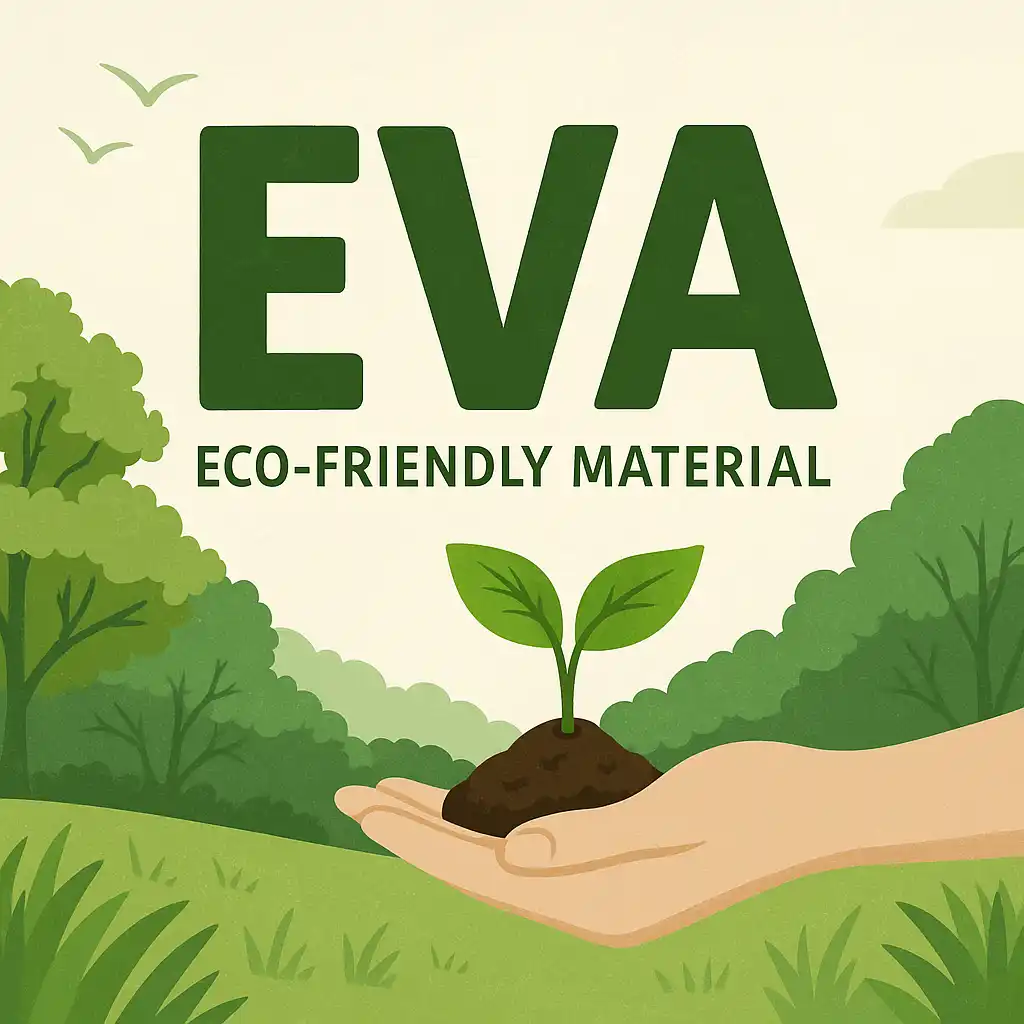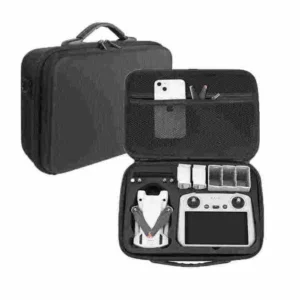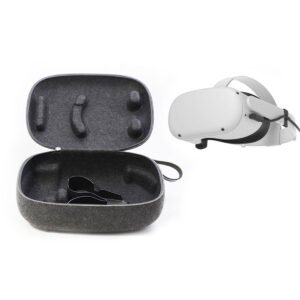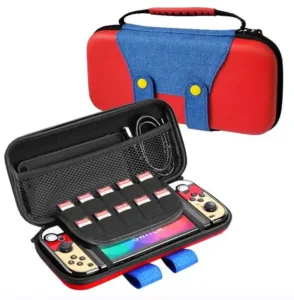Is EVA Material Eco-Friendly?
EVA foam products are widely recognized today as a new type of environmentally friendly plastic foam. This versatile material offers excellent cushioning, impact resistance, thermal insulation, moisture resistance, and chemical corrosion resistance — all while being non-toxic and non-absorbent.

What Exactly Is EVA?
In the chemical and polymer industries, EVA stands for ethylene-vinyl acetate copolymer. The molecular structure is written as (C₂H₄)x · (C₄H₆O₂)y. EVA is widely used to make refrigerator tubing, gas pipes, civil engineering panels, containers, and daily-use items. It’s also commonly found in footwear, protective packaging, sporting goods, and medical devices.
A key advantage of EVA is its flexibility. When the vinyl acetate (VA) content is higher, EVA shows rubber-like elasticity, greater transparency, and improved adhesion. EVA remains solid at room temperature but becomes a viscous liquid when heated to its melting point — making it easy to mold into different shapes and densities.
Why EVA Foam Is Considered Eco-Friendly
EVA material is inherently non-toxic, containing no harmful chemicals or heavy metals. Many EVA products are tested to meet strict safety standards like RoHS et REACH for contact with skin and everyday use. Because EVA is lightweight, durable, and recyclable, it can be reused multiple times, helping to reduce waste and lessen environmental impact.
In addition, EVA foam manufacturing processes are relatively simple and energy-efficient compared to other plastic foaming methods. This means that less harmful emissions are generated during production.
For more on how EVA compares to other plastics, see the Plastics Industry Association or browse the Polymer Database for technical data and eco-certifications.
Common Applications of EVA
Thanks to its outstanding flexibility, shock absorption, and easy moldability, EVA is now used in:
Footwear and sports shoes: midsoles, insoles, flip-flops.
Protective packaging: electronics foam inserts, custom EVA cases for tools and gadgets.
Medical equipment: orthopedic braces, cushioning pads.
Toys & sporting goods: puzzle mats, yoga blocks.
Everyday containers & tubes: flexible tubing for household or industrial use.
Many leading consumer brands rely on EVA foam for its durability and sustainability benefits. If you’re curious about sustainable packaging trends, check out resources like Packaging Europe ou Sustainable Packaging Coalition.
Is EVA Recyclable?
EVA foam is widely recyclable — many manufacturers reuse offcuts and scrap foam during the molding process. Some specialized recyclers can convert post-consumer EVA waste into granules for new foam sheets or injection-molded parts.
When compared with other traditional plastic foams like PVC, EVA has clear sustainability advantages:
No chlorine or heavy metals
Low-VOC emissions during production
Non-toxic and safe for direct skin contact
If you’re choosing a packaging material or a protective foam insert, EVA is a proven eco-friendly option with a strong balance of performance and sustainability. Its lightweight yet durable nature means longer product life, fewer replacements, and less waste overall.
Want to learn more about custom EVA packaging solutions for your brand? Visit GAODA EVA Cases to see how we support global OEM & ODM partners with 2000+ ready molds, fast sampling in 3 days, and production in as fast as 7 days.
Protect your products — and the planet — with EVA.
Ready to upgrade your packaging with a professional EVA tool case?
Contact our team today – we’ll design it for your tools, your brand, your market.





